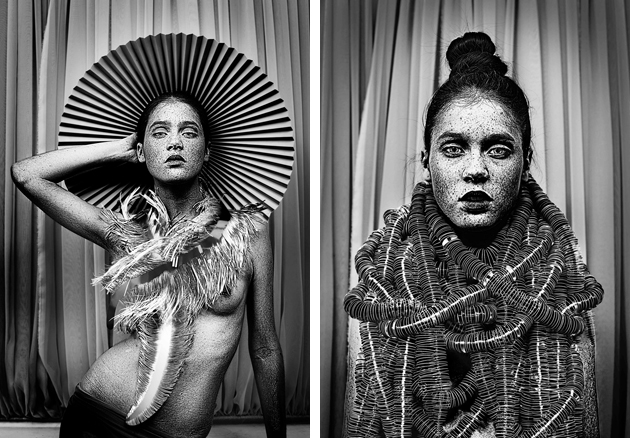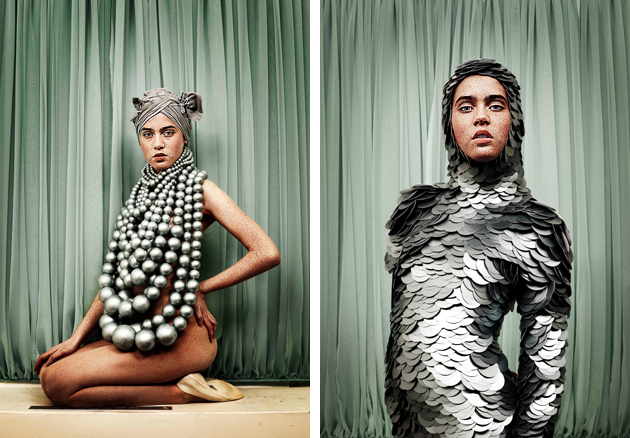
Mark Twain once said “Clothes make the man. Naked people have little or no influence on society.” But does it mean that the clothes made of paper make for a flat man? For Swedish fashion designer Bea Szenfeld they certainly don’t. Szenfled’s creations, which were crowned with accolades and awards as well as chosen by pop-icon Lady Gaga for her dramatic looks, are more likely of another dimension.
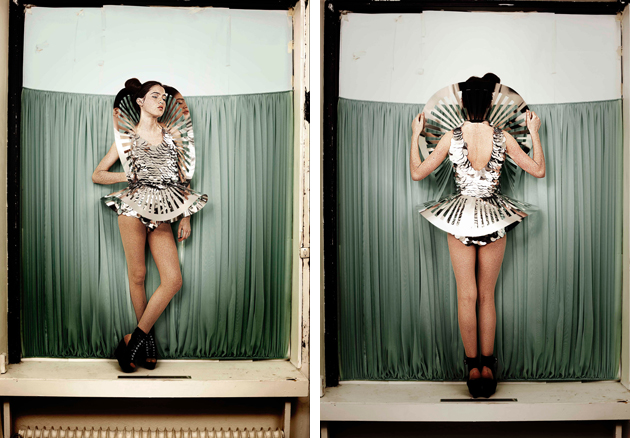
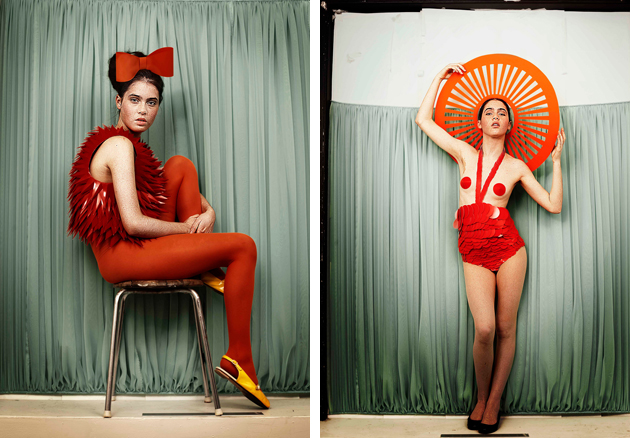
Creating fashion with paper has been branded Haute Papier and Szenfeld has become one of the most established “Papieriers”. Her Haute Papier collections bring a playfulness and excitement to an otherwise grown-up and serious fashion world. The notion that paper can be turned into fashion, however, is nothing new. The process has been around for centuries and we have all certainly seen paper creations disguised as clothes.
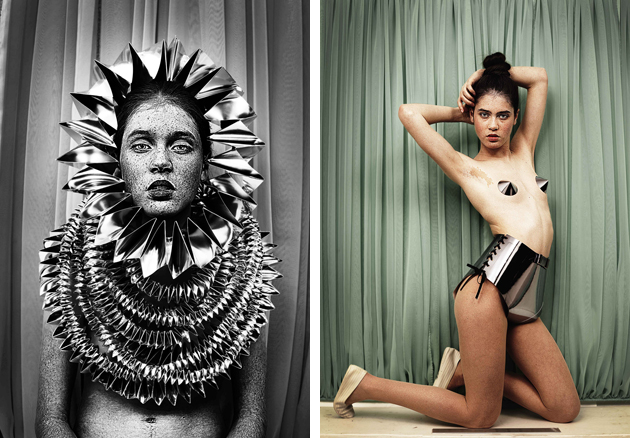
The novelty of Szenfeld’s creations lies in revealing the structure of the material rather than trying to make it into something it’s not. Often influenced by the written word, Bea Szenfeld’s inspiration process is unique and, in a way, expresses her quirkiness and flair. According to the designer, the texts she reads instigate a feeling which she then tries to mimic through her creations, awakening the mind to see shapes in unorthodox ways, inspiring, in turn, innovative creations and lines. While the inspirational process is somewhat guided by a gut feeling, the actual designing is particularly long and intricate. She keeps a silent dialogue with her material of choice – the paper speaks its own language and guides a process of interpretation and creation.
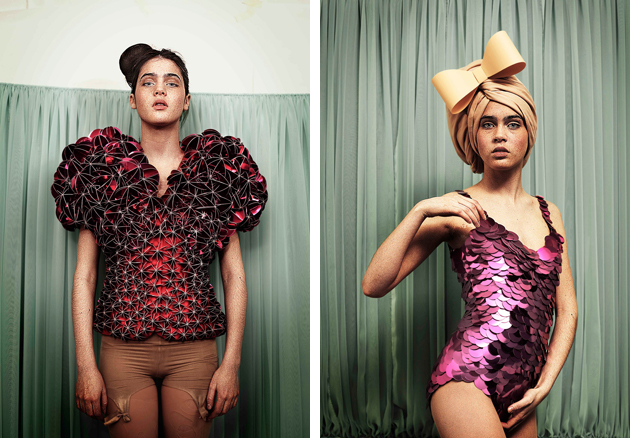
Working with paper, however, doesn’t come without its challenges as desired shapes and colours are somewhat difficult to obtain. The material generates a structure that cannot be recreated with fabric; it has its own will and expressiveness. For Bea Szenfeld, working with paper is particularly fascinating as it can be moulded through numerous techniques, each of them specific to a precise cultural context and location. Different types of paper and production and folding techniques can, in a sense, be viewed as a cultural and temporal statement, adding a further dimension for the wearer.
